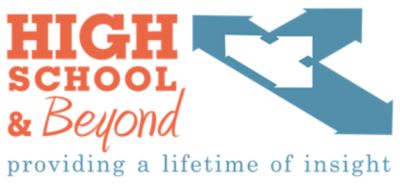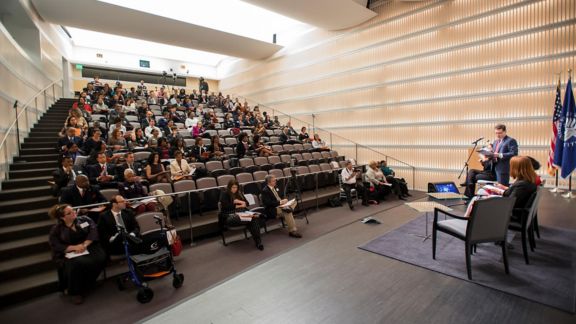High School and Beyond Sixth Follow-Up Survey

Overview
The High School and Beyond (HS&B) sixth follow-up survey collects current information on sample members' labor force experience, health status, family roles, and expectations for continued work and retirement, demonstrating how this representative sample has changed from adolescence through midlife. This round also collects measures of cognition to understand the connections among education, health, and aging. Study respondents can participate in a whole blood draw or saliva collection, as we look to understand how people’s genes and other signs of health influence them throughout their lives.
Significance
These new data will make the existing HS&B data more relevant and useful for the research community by joining the already robust data series from the 1980 base year survey and five follow-ups that took place between 1982 and 2015. This valuable resource will be used to study a number of issues related to the consequences for midlife health and labor force participation of adolescent and early adult circumstances and characteristics.

Are You a Study Participant?
Questions about the survey? Experiencing technical difficulties? Contact us:
Learn More About the Study
For more information about the High School and Beyond Study:
Related Tags
Project Leads
-
Jennifer Hasche
Associate DirectorProject Director -
Stephen Smith
Senior Vice PresidentPrincipal Investigator -
Shana M. Brown
Senior Research DirectorSenior Staff -
Katie O’Doherty
Principal Research DirectorSenior Staff -
Rachel Canas
Senior Research DirectorSenior Staff











